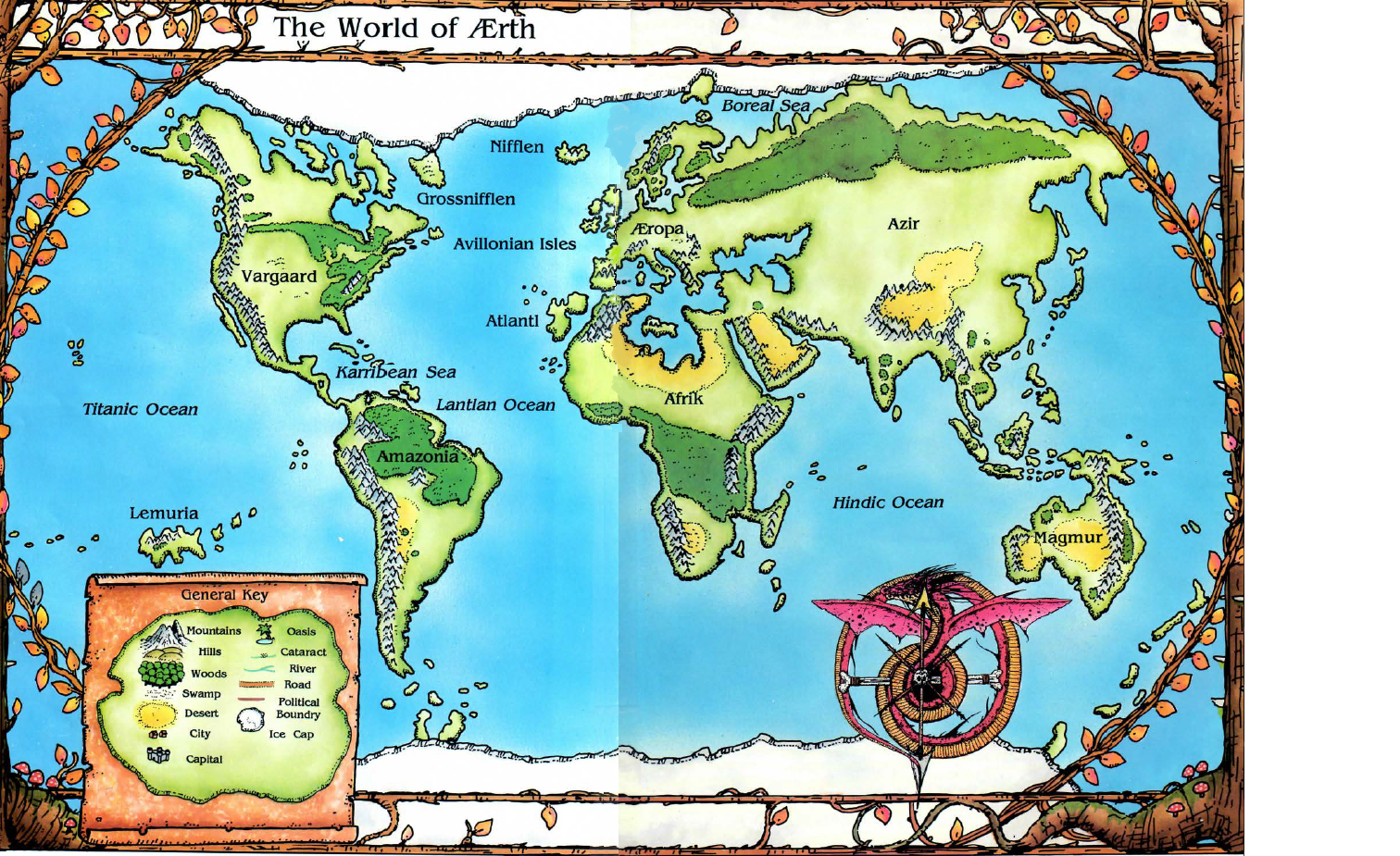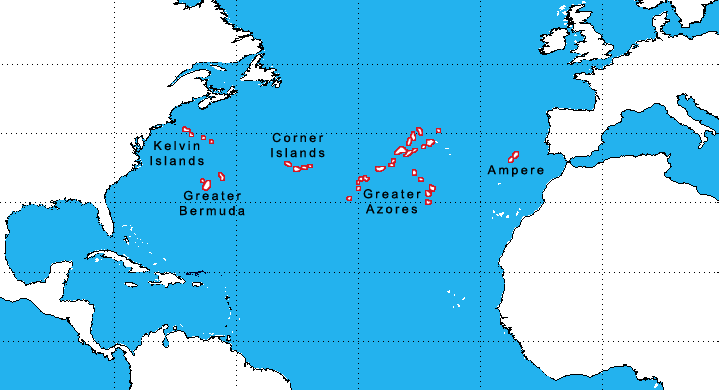I'd been looking through some old threads (such as https://www.alternatehistory.com/discussion/showthread.php?t=165135 ) about continental drift and such, particularly how different continental developments could have been made. It turns out that the amount of lands that could have been/were is more common than you'd expect. Multiple plateaus have either been above sea or had the potential to throughout hte last 200 million years, and I wonder what kind of effect they may have if they were above sea, especially ones which don't prevent humans from existing. Some examples can be shown below:
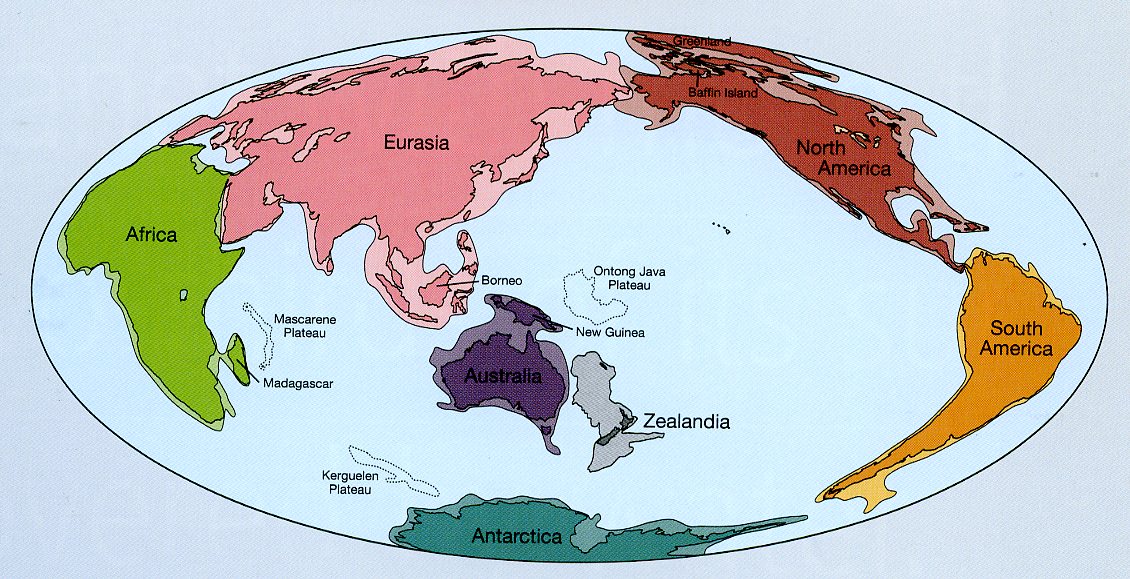
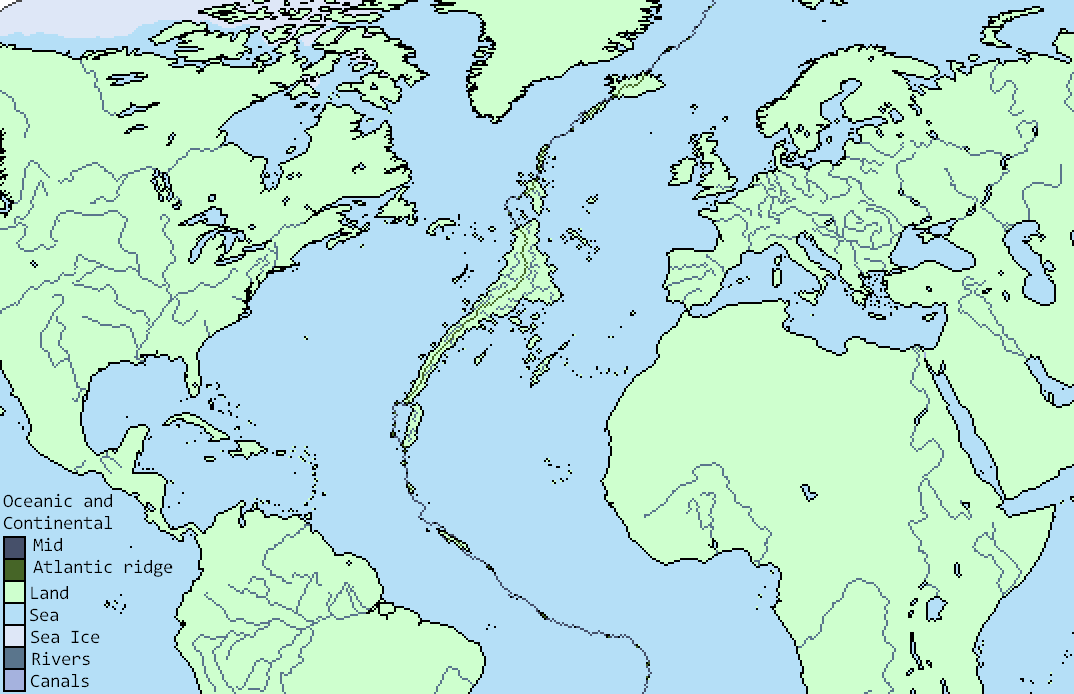
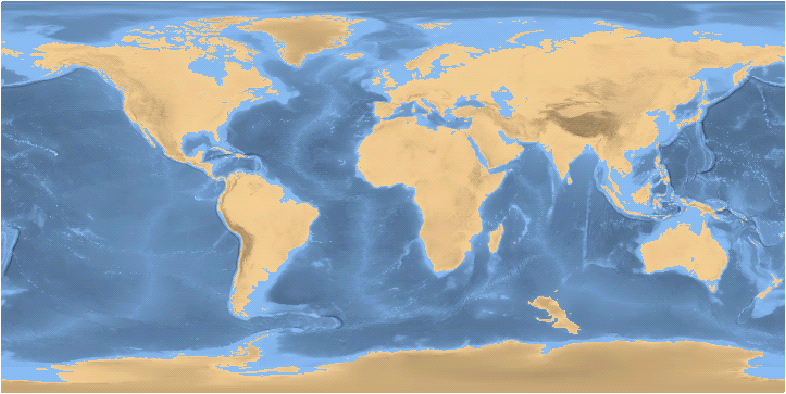
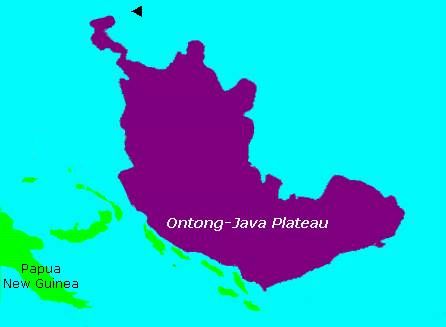
and

Sorry if it feels like spam, but imo all or some of these extra landmasses would be pretty fascinating places to cover in a potential project, particularly if they have their own flora, fauna and even civilisations developing on them. Has anyone done any or all of these areas in speculation in the past?




and

Sorry if it feels like spam, but imo all or some of these extra landmasses would be pretty fascinating places to cover in a potential project, particularly if they have their own flora, fauna and even civilisations developing on them. Has anyone done any or all of these areas in speculation in the past?
